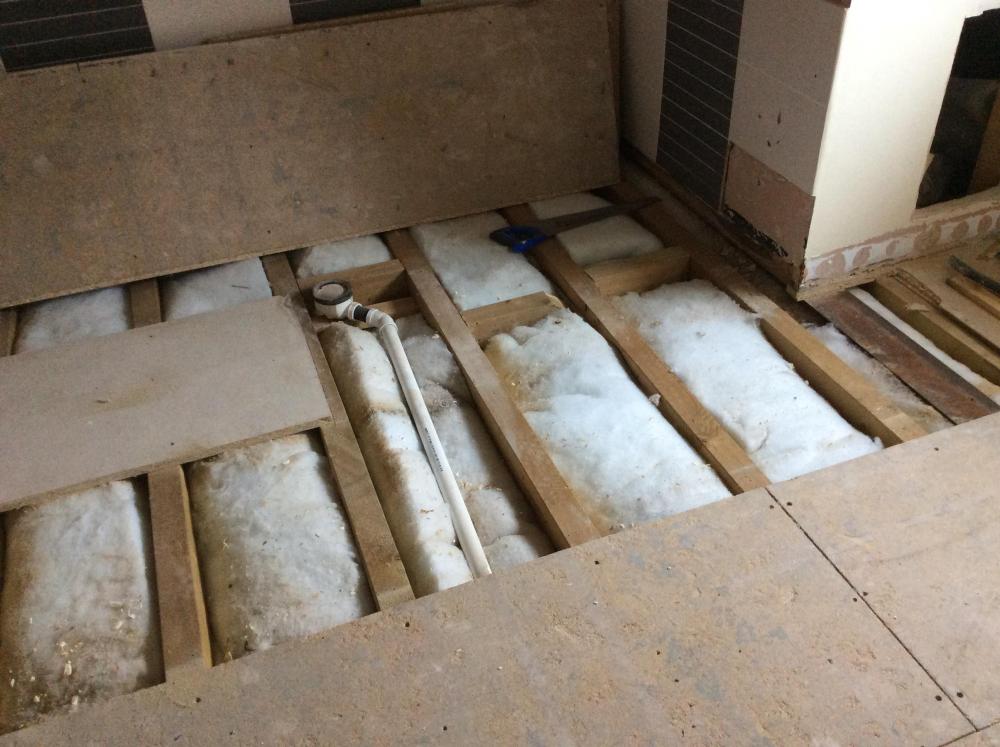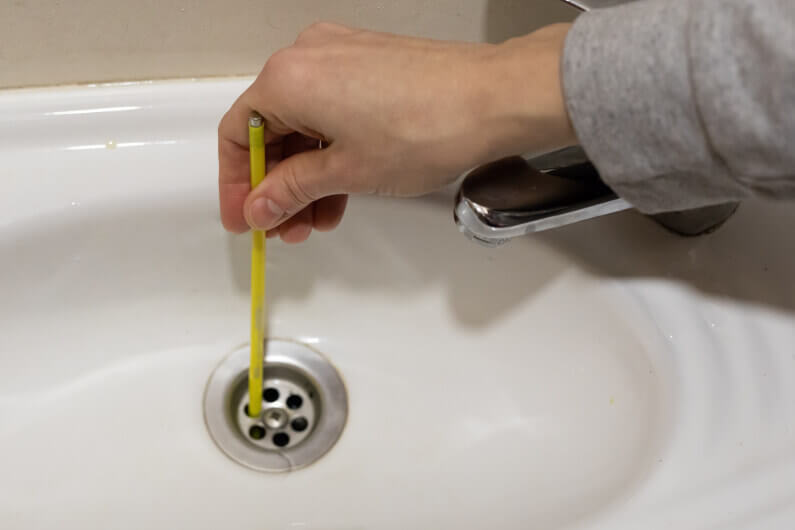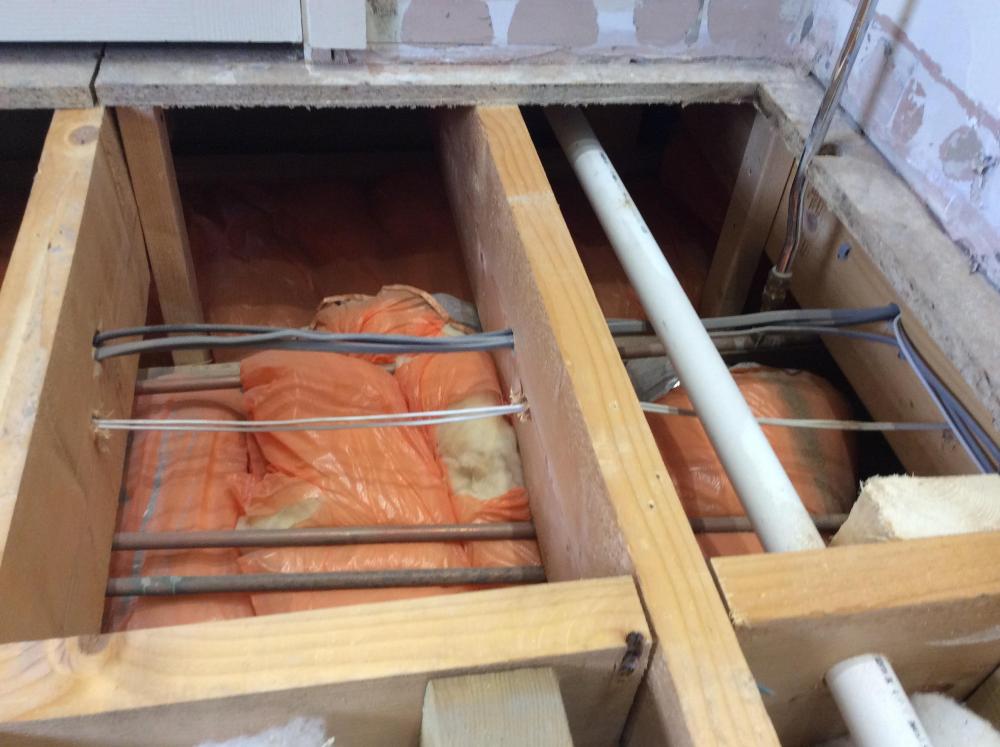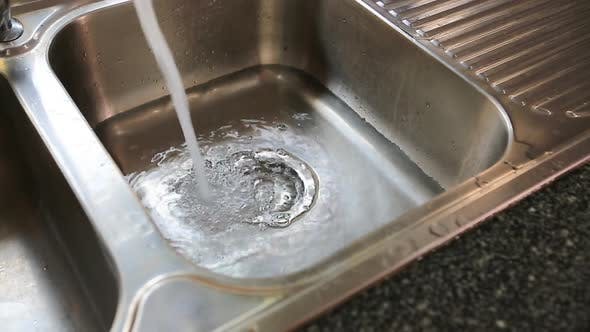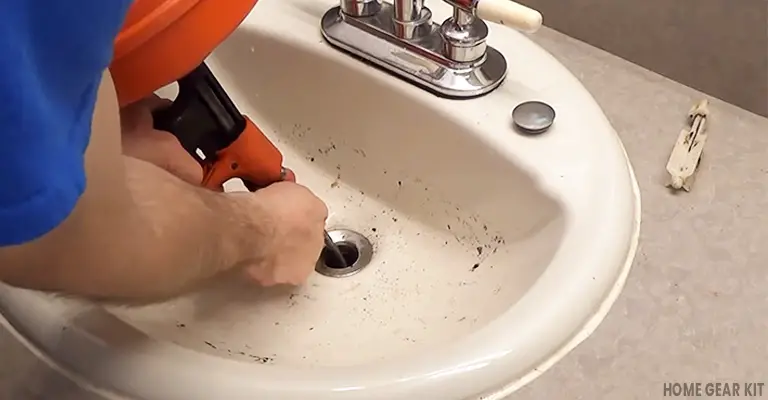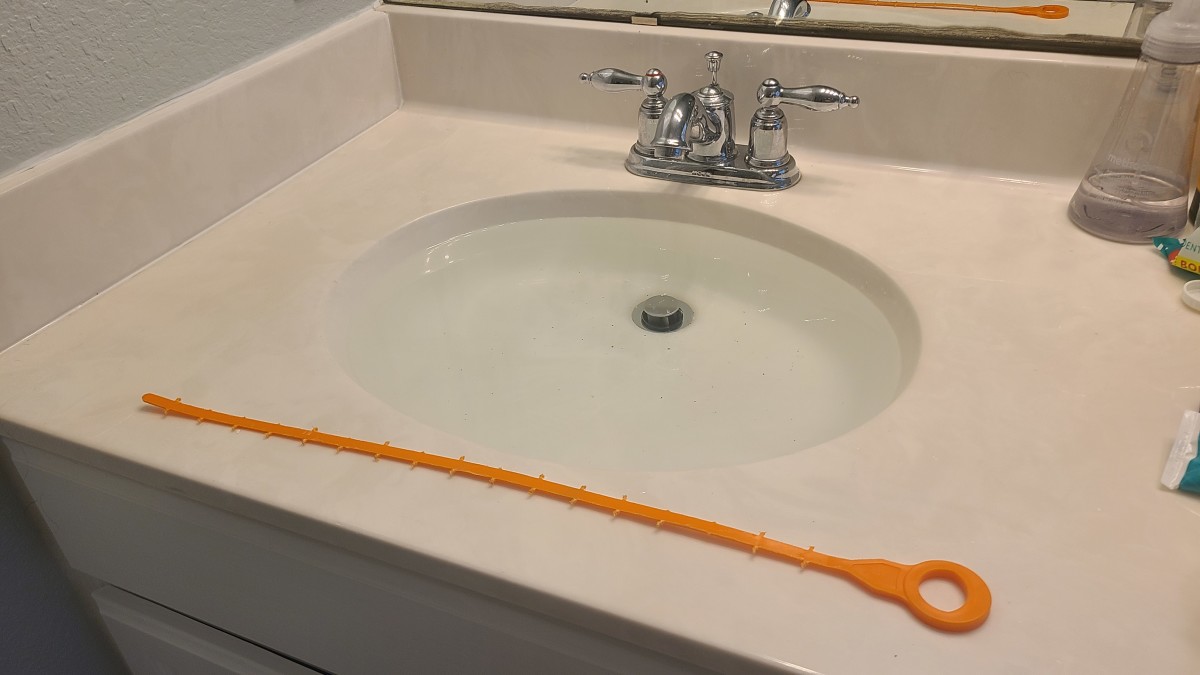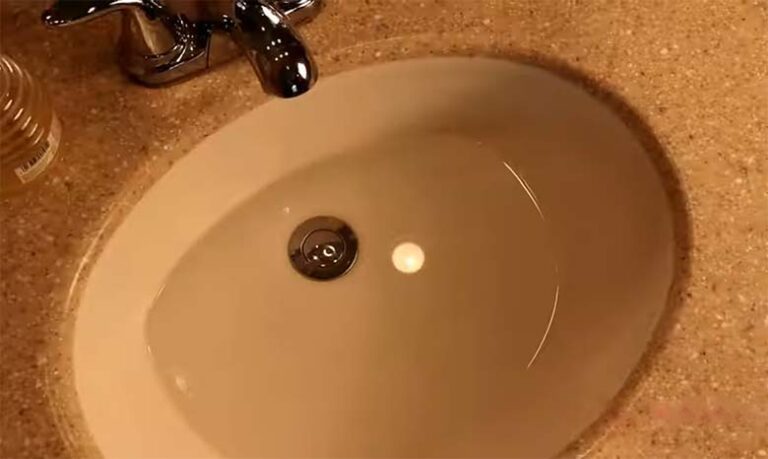If you've noticed that your bathroom sink is draining slowly in cold weather, you're not alone. This is a common issue that many homeowners face, and it can be frustrating to deal with. However, there are some simple steps you can take to fix the problem and get your sink draining properly again. First, check the drain itself for any visible blockages. Hair, soap scum, and other debris can easily clog up a sink drain, especially in cold weather when the water is colder and doesn't flow as freely. Use a pair of gloves and a small tool, such as a toothbrush or plunger, to remove any blockages you find. If the blockage is deeper in the drain, you may need to use a plumbing snake or call a professional plumber for help. Once the blockage is cleared, run hot water down the drain for a few minutes to flush out any remaining debris. Another potential cause of a slow draining sink in cold weather is frozen pipes. If the temperature drops low enough, the water in your pipes can freeze, causing a blockage. To prevent this, make sure your pipes are properly insulated and keep your heat on at a consistent temperature, even when you're away from home. Additionally, you can try pouring hot water down the drain to help melt any ice that may have formed. Just be careful not to use boiling water, as this can damage your pipes. Finally, check the aerator on your sink faucet. This small device can easily become clogged with sediment, especially in cold weather when the water is colder. Remove the aerator and clean it thoroughly, then reattach it to the faucet. How to Fix a Slow Draining Bathroom Sink in Cold Weather
In addition to slow draining, there are a few other common problems you may experience with your bathroom sink drain in cold weather. These include gurgling noises, foul odors, and backups. If you hear gurgling noises coming from your sink drain, this could indicate a blockage in the drain or vent. You may need to use a plumbing snake or call a professional to clear the blockage and restore proper drainage. Foul odors coming from your sink drain can be a sign of bacteria buildup. To get rid of the smell, pour a mixture of hot water and baking soda down the drain, followed by vinegar. Let the mixture sit for a few minutes before flushing it out with hot water. If your sink is backing up, this could be due to a clog in the main sewer line. This is a more serious issue that may require the help of a professional plumber. They will be able to determine the cause of the clog and clear it out effectively. Troubleshooting Common Bathroom Sink Drain Problems in Cold Weather
The best way to deal with bathroom sink drain problems in cold weather is to prevent them from happening in the first place. Here are some tips to help you keep your sink draining properly all winter long: 1. Dispose of grease and oil properly. Pouring grease or oil down your sink drain can lead to clogs, especially in cold weather when the substances solidify and stick to the pipes. Instead, dispose of them in a sealed container in the trash. 2. Use a drain strainer. A drain strainer can catch hair and other debris before they have a chance to clog up your sink drain. Make sure to clean it regularly to prevent buildup. 3. Run hot water down the drain regularly. This can help prevent grease and oil from solidifying in your pipes and keep them flowing freely. 4. Avoid using chemical drain cleaners. These can be harsh on your pipes and may not effectively clear a clog. Instead, try natural methods like the hot water and baking soda/vinegar method mentioned earlier. 5. Insulate your pipes. Proper insulation can prevent pipes from freezing and causing blockages. Make sure to insulate both hot and cold water pipes. Preventing Bathroom Sink Drain Clogs in Cold Weather
In addition to preventing clogs, there are a few other things you can do to keep your bathroom sink draining properly in cold weather: 1. Keep your heat on. As mentioned before, keeping your heat on at a consistent temperature can prevent your pipes from freezing and causing blockages. 2. Check for leaks. Even a small leak can lead to bigger issues in cold weather. Make sure to check for and fix any leaks in your sink drain before they become a bigger problem. 3. Use a plunger. If you do experience a clog in your sink drain, a plunger can often do the trick in dislodging it. Just make sure to use a plunger specifically designed for sinks, as toilet plungers have a different shape and won't work as effectively. 4. Don't pour hot water down a frozen drain. This can cause the frozen water to expand and potentially damage your pipes. Instead, try using a hairdryer to gently melt the ice. Tips for Keeping Your Bathroom Sink Draining Properly in Cold Weather
It's important to understand how cold weather can affect your bathroom sink drain so you can take preventative measures and address any issues that may arise. When the temperature drops, water becomes denser and flows more slowly, making it easier for blockages to form in your pipes. In addition, cold weather can cause pipes to contract and expand, which can put stress on them and potentially lead to cracks or leaks. This is why proper insulation is crucial in preventing frozen pipes and other issues with your sink drain. Understanding the Effects of Cold Weather on Bathroom Sink Drains
Now that you understand how cold weather can affect your sink drain, let's take a look at some of the most common causes of blockages in cold weather: 1. Grease and oil. As mentioned before, these substances can solidify in your pipes and cause clogs. 2. Hair and soap scum. These are common culprits of sink drain blockages in any weather, but they can be exacerbated in cold weather when the water is colder and doesn't flow as freely. 3. Frozen pipes. When the temperature drops low enough, water in your pipes can freeze and cause blockages or even burst your pipes. 4. Poor insulation. If your pipes are not properly insulated, they are more susceptible to freezing and causing blockages. Common Causes of Bathroom Sink Drain Blockages in Cold Weather
If you do encounter a clog in your bathroom sink drain during cold weather, there are a few methods you can try to clear it: 1. Use a plunger. As mentioned before, a sink plunger can often effectively dislodge a clog in your sink drain. Make sure to use a plunger specifically designed for sinks. 2. Try a plumbing snake. A plumbing snake, also known as a drain auger, is a long, flexible tool that can reach deep into your pipes to clear blockages. You can find these at most hardware stores. 3. Use a mixture of hot water, baking soda, and vinegar. This natural method can sometimes break down clogs and get your sink draining properly again. Let the mixture sit for a few minutes before flushing it out with hot water. 4. Call a professional. If all else fails, it's best to call a professional plumber to assess and fix the clog. They have the necessary tools and expertise to effectively clear your sink drain. How to Clear a Clogged Bathroom Sink Drain in Cold Weather
As you can see, proper insulation is crucial for preventing and addressing sink drain issues in cold weather. Make sure to insulate both hot and cold water pipes, and consider adding insulation to your sink drain pipes as well. If you live in an area with extremely cold temperatures, you may also want to consider installing a heat tape or cable to keep your pipes warm and prevent freezing. The Importance of Proper Insulation for Bathroom Sink Drains in Cold Weather
If you're dealing with a clogged sink drain in the middle of winter, you may be tempted to use hot water to help clear the blockage. While hot water can be effective in some cases, it's important to use caution. As mentioned before, pouring hot water down a frozen drain can cause the frozen water to expand and potentially damage your pipes. Instead, try using a hairdryer to gently melt the ice, or use hot water after you've already cleared the blockage to help flush out any remaining debris. Using Hot Water to Help Unclog a Bathroom Sink Drain in Cold Weather
If you're dealing with a persistent clog or other issue with your bathroom sink drain in cold weather, it's best to call a professional plumber for help. They have the necessary tools and expertise to effectively clear your drain and prevent future problems. Additionally, a plumber can assess your pipes and make recommendations for insulation or repairs to prevent further issues in the future. Professional Solutions for Bathroom Sink Drain Issues in Cold Weather
How Cold Weather Can Affect Your Bathroom Sink Drainage

The Importance of Proper Drainage in Your Bathroom Sink
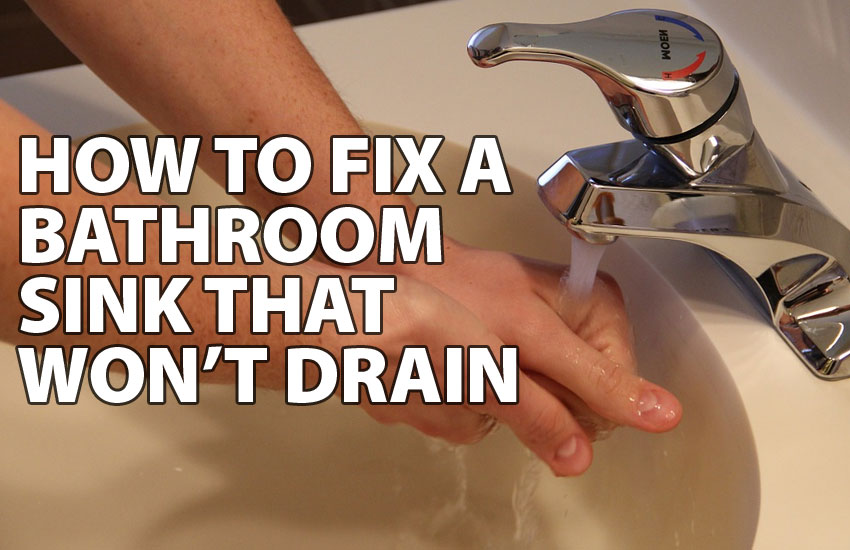 When it comes to designing a house, the bathroom is often given careful consideration. From the layout to the fixtures, every aspect is carefully selected to ensure functionality and comfort. However, one often overlooked aspect is the drainage system of the bathroom sink. A clogged or slow-draining sink can be a major inconvenience and can disrupt the daily routine of any household. In cold weather, this problem can become even worse, causing frustration and potential damage to your sink and pipes.
Bathroom sink not draining in cold weather
is a common issue faced by many homeowners. The cold weather can have a significant impact on your sink's drainage, and there are a few reasons why.
When it comes to designing a house, the bathroom is often given careful consideration. From the layout to the fixtures, every aspect is carefully selected to ensure functionality and comfort. However, one often overlooked aspect is the drainage system of the bathroom sink. A clogged or slow-draining sink can be a major inconvenience and can disrupt the daily routine of any household. In cold weather, this problem can become even worse, causing frustration and potential damage to your sink and pipes.
Bathroom sink not draining in cold weather
is a common issue faced by many homeowners. The cold weather can have a significant impact on your sink's drainage, and there are a few reasons why.
The Effects of Cold Weather on Your Sink's Drainage
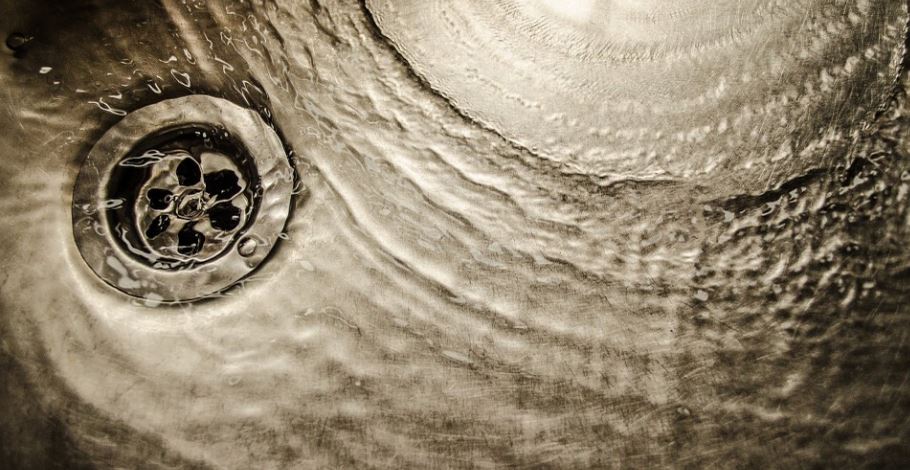 One of the main reasons why your bathroom sink may not be draining properly in cold weather is due to
frozen pipes
. When the temperature drops, the water in your pipes can freeze, causing blockages and preventing water from flowing freely. This can be a major issue, as not only does it affect your sink's drainage, but it can also lead to burst pipes and costly repairs.
Another factor that can contribute to your bathroom sink not draining in cold weather is
condensation
. As the temperature drops, warm and humid air in your bathroom can come into contact with the cold pipes, causing condensation to form. This condensation can then drip down into the drain, creating a build-up of moisture and debris that can clog your sink.
One of the main reasons why your bathroom sink may not be draining properly in cold weather is due to
frozen pipes
. When the temperature drops, the water in your pipes can freeze, causing blockages and preventing water from flowing freely. This can be a major issue, as not only does it affect your sink's drainage, but it can also lead to burst pipes and costly repairs.
Another factor that can contribute to your bathroom sink not draining in cold weather is
condensation
. As the temperature drops, warm and humid air in your bathroom can come into contact with the cold pipes, causing condensation to form. This condensation can then drip down into the drain, creating a build-up of moisture and debris that can clog your sink.
How to Prevent and Fix a Clogged Bathroom Sink in Cold Weather
 Thankfully, there are some simple steps you can take to prevent and fix a clogged bathroom sink in cold weather.
Insulating your pipes
is one effective way to prevent frozen pipes and ensure proper drainage. You can use foam pipe insulation or even wrap towels or blankets around your pipes to keep them warm.
Regularly
cleaning your sink and pipes
is also crucial in preventing clogs. Using a mixture of baking soda and vinegar can help break down any build-up and keep your sink draining smoothly. Additionally,
running hot water
through your sink can help melt any ice that may be causing blockages.
In case of a severe clog, it is best to seek professional help. Plumbers have the necessary tools and expertise to unclog your sink and address any underlying issues that may be causing the problem.
Thankfully, there are some simple steps you can take to prevent and fix a clogged bathroom sink in cold weather.
Insulating your pipes
is one effective way to prevent frozen pipes and ensure proper drainage. You can use foam pipe insulation or even wrap towels or blankets around your pipes to keep them warm.
Regularly
cleaning your sink and pipes
is also crucial in preventing clogs. Using a mixture of baking soda and vinegar can help break down any build-up and keep your sink draining smoothly. Additionally,
running hot water
through your sink can help melt any ice that may be causing blockages.
In case of a severe clog, it is best to seek professional help. Plumbers have the necessary tools and expertise to unclog your sink and address any underlying issues that may be causing the problem.
In Conclusion
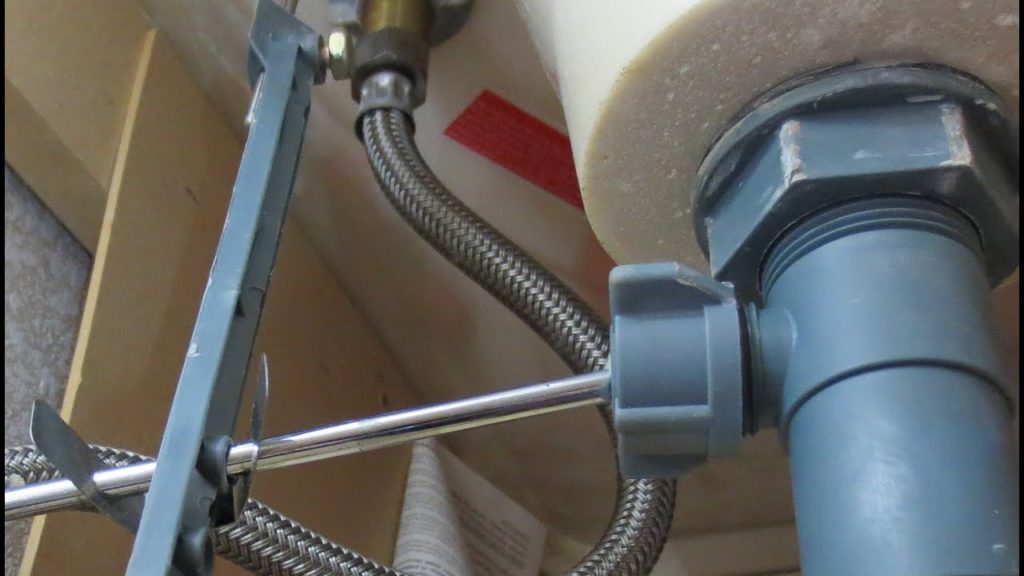 In conclusion, cold weather can have a significant impact on your bathroom sink's drainage. Freezing pipes and condensation can lead to clogs and slow drainage, causing inconvenience and potential damage. By taking preventive measures and regularly maintaining your sink, you can ensure proper drainage even in the coldest of weather. Remember to keep an eye on your sink's drainage during the winter months and address any issues promptly to avoid further complications.
In conclusion, cold weather can have a significant impact on your bathroom sink's drainage. Freezing pipes and condensation can lead to clogs and slow drainage, causing inconvenience and potential damage. By taking preventive measures and regularly maintaining your sink, you can ensure proper drainage even in the coldest of weather. Remember to keep an eye on your sink's drainage during the winter months and address any issues promptly to avoid further complications.
















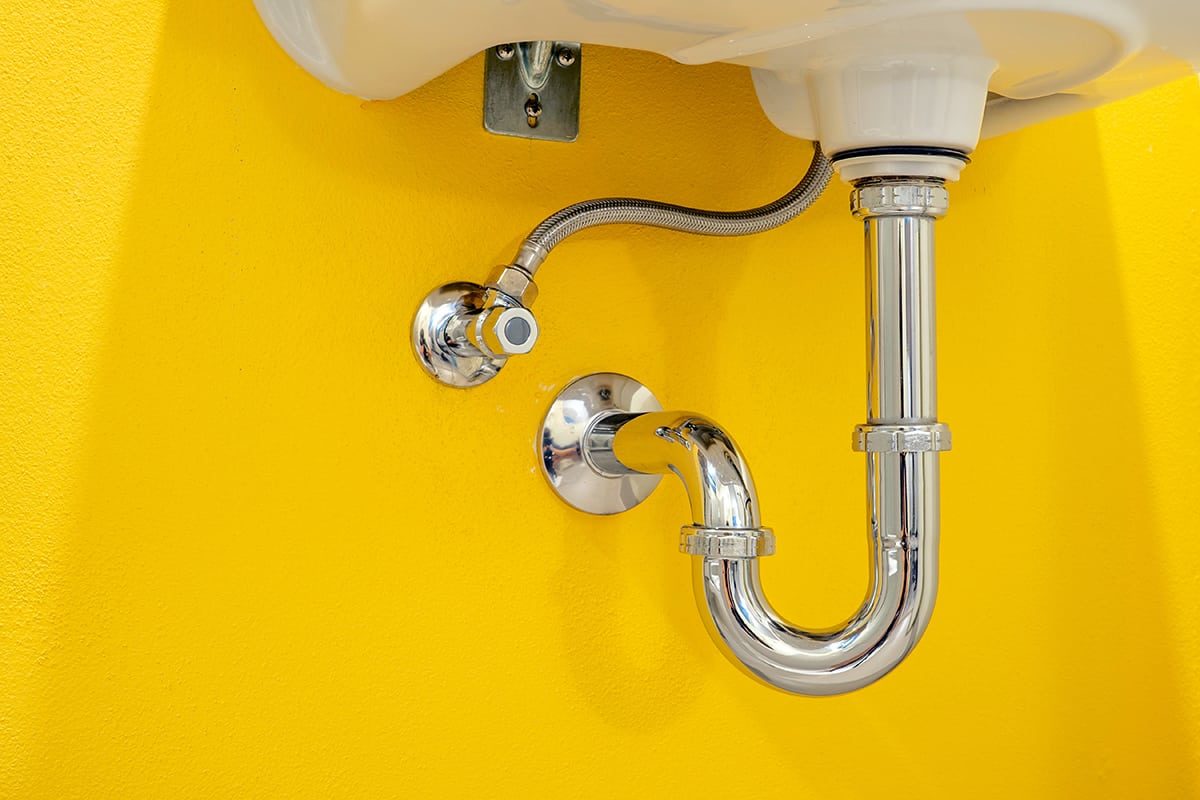
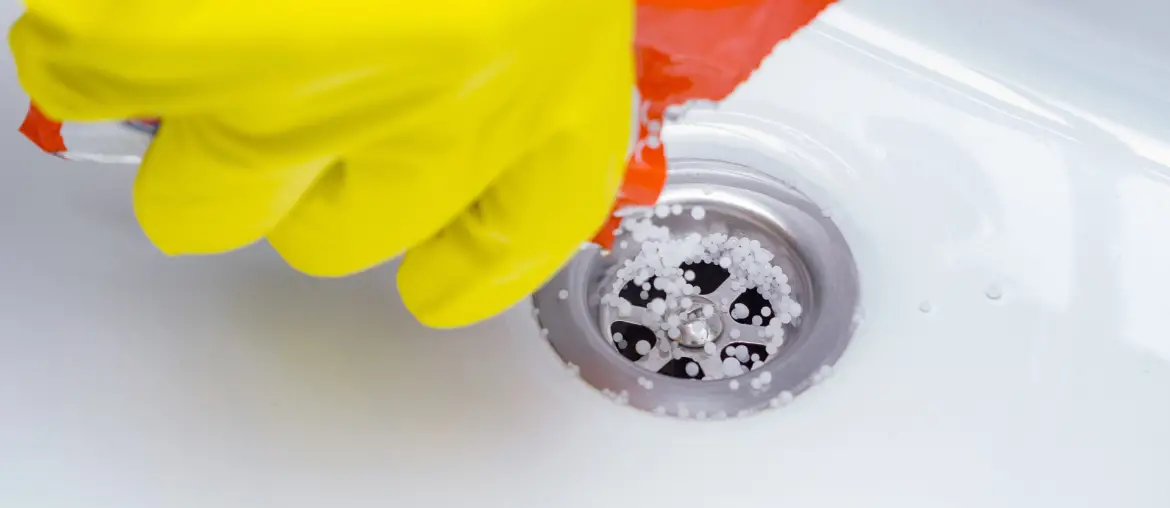

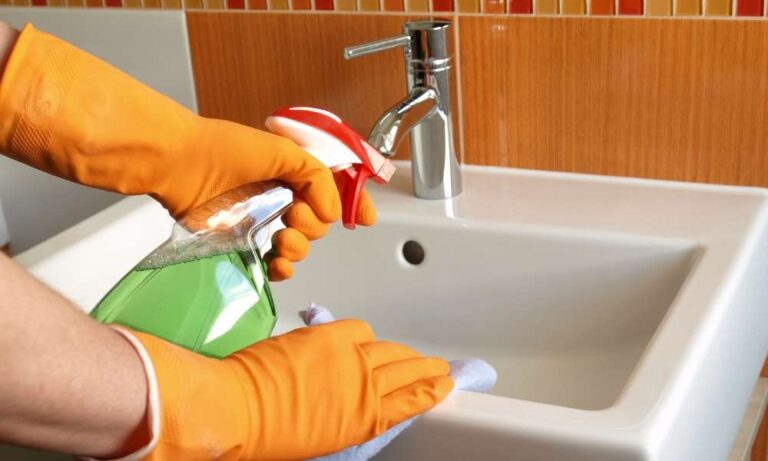

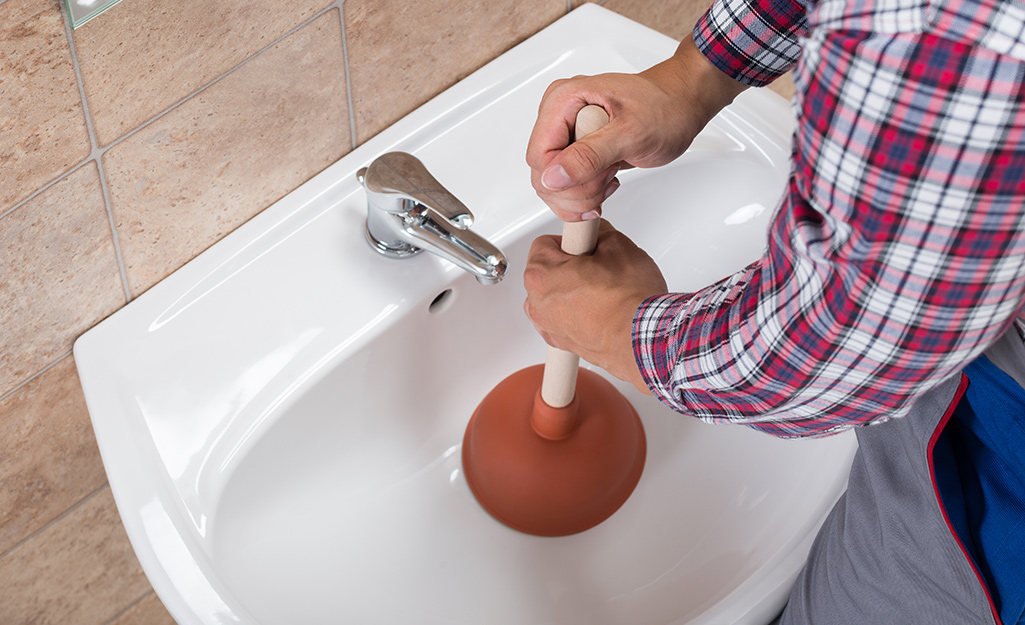
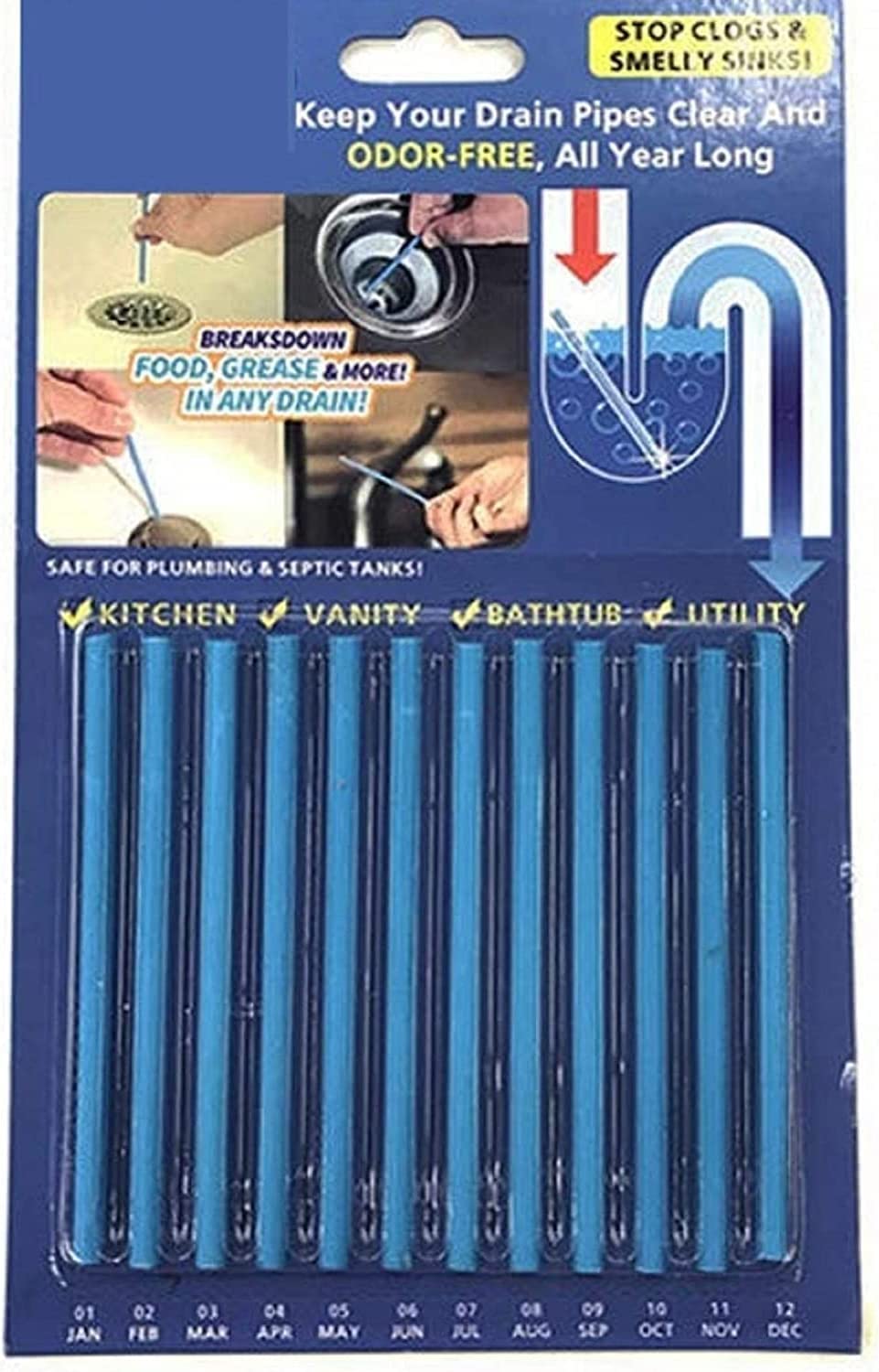




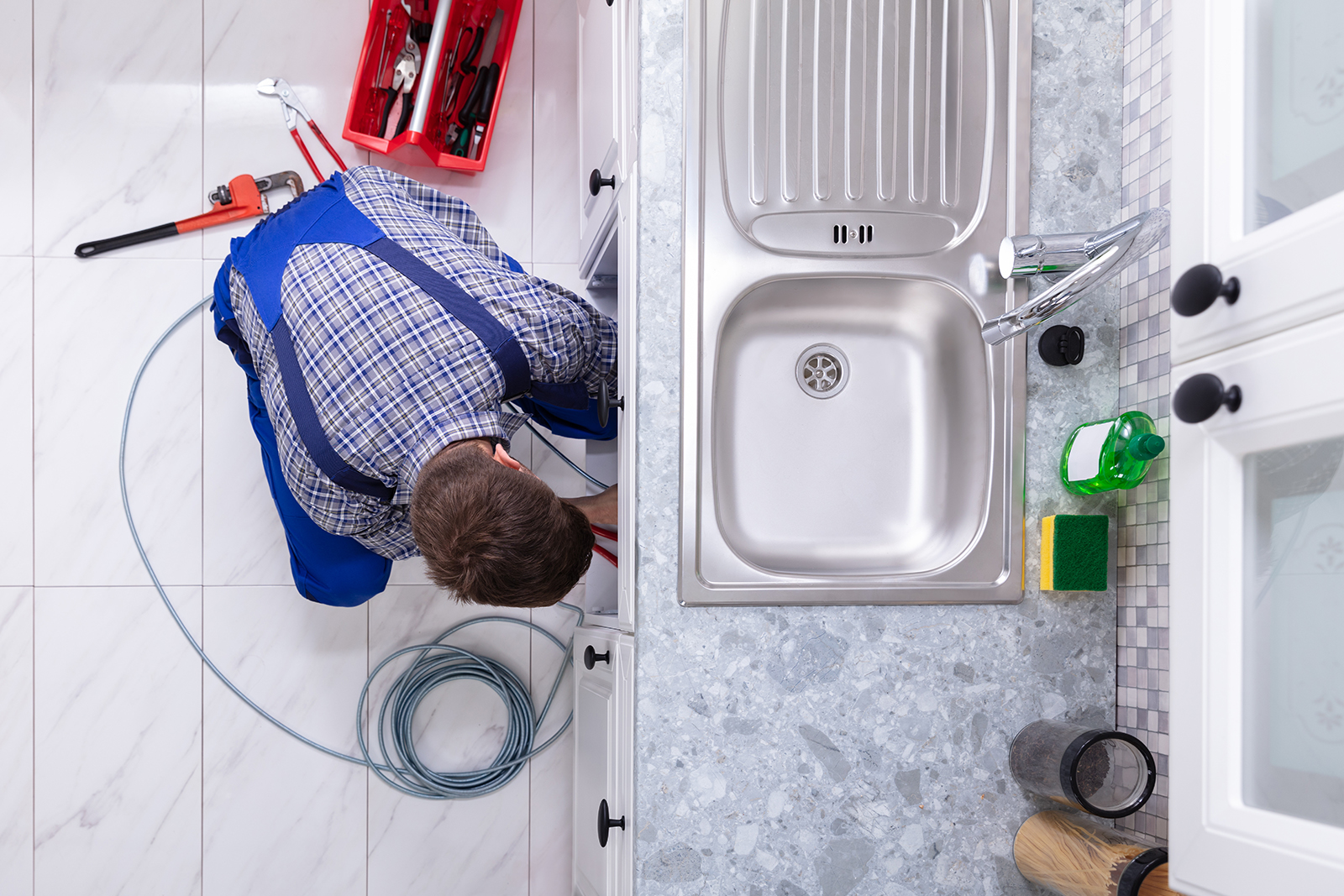
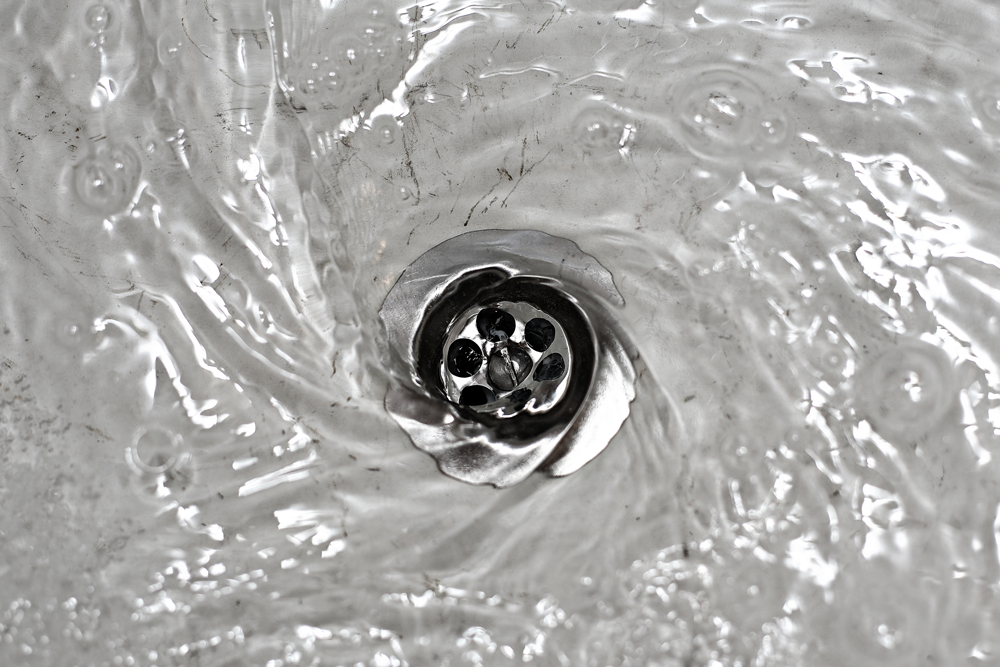
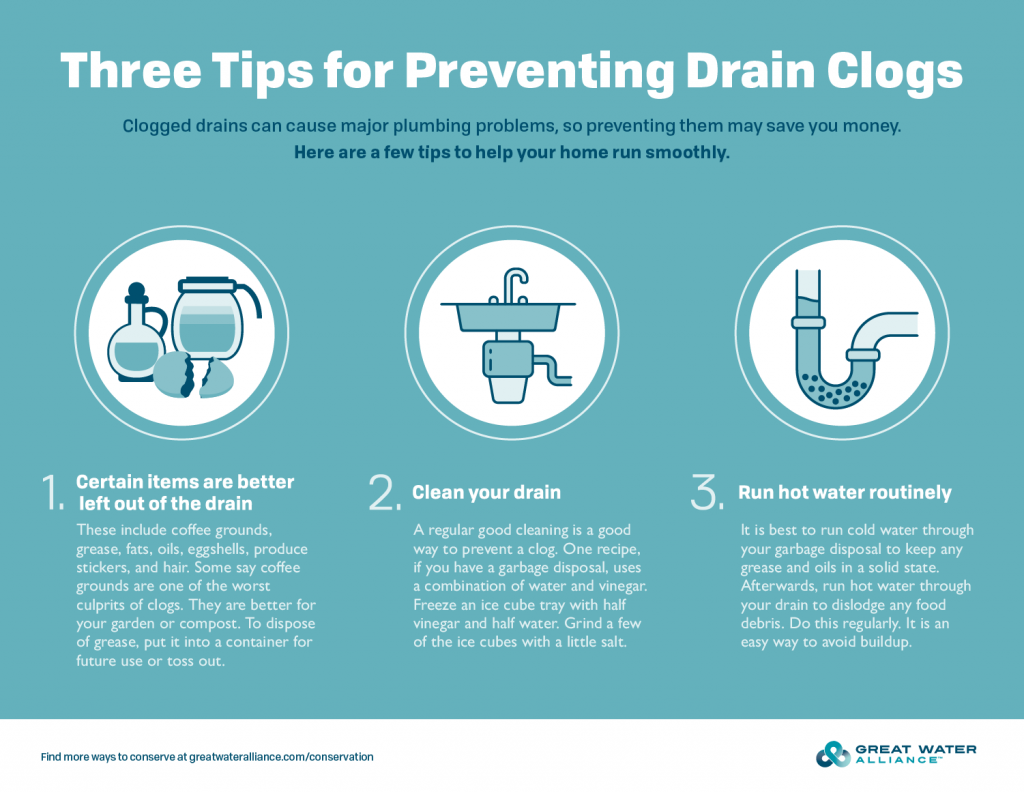
:max_bytes(150000):strip_icc()/bathroom-sink-drain-installation-2718843-02-61e5ecbee1e949be8d8f45ac4f5a6797.jpg)
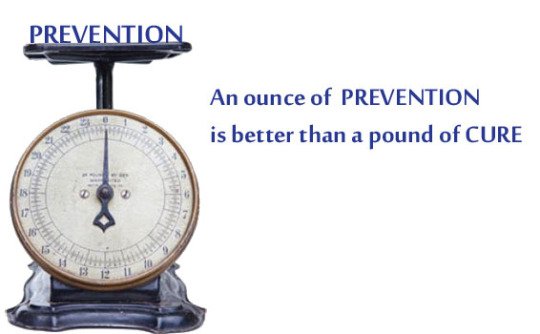
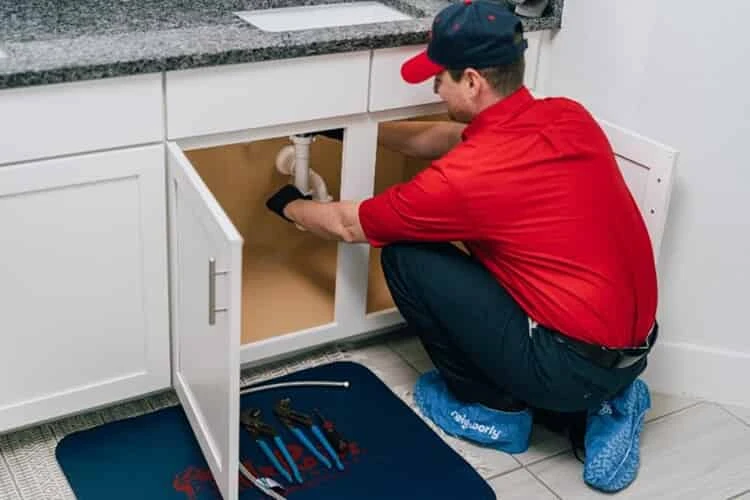



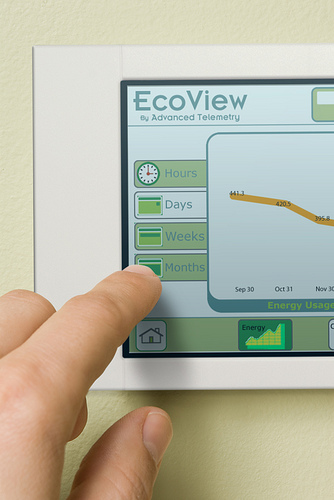
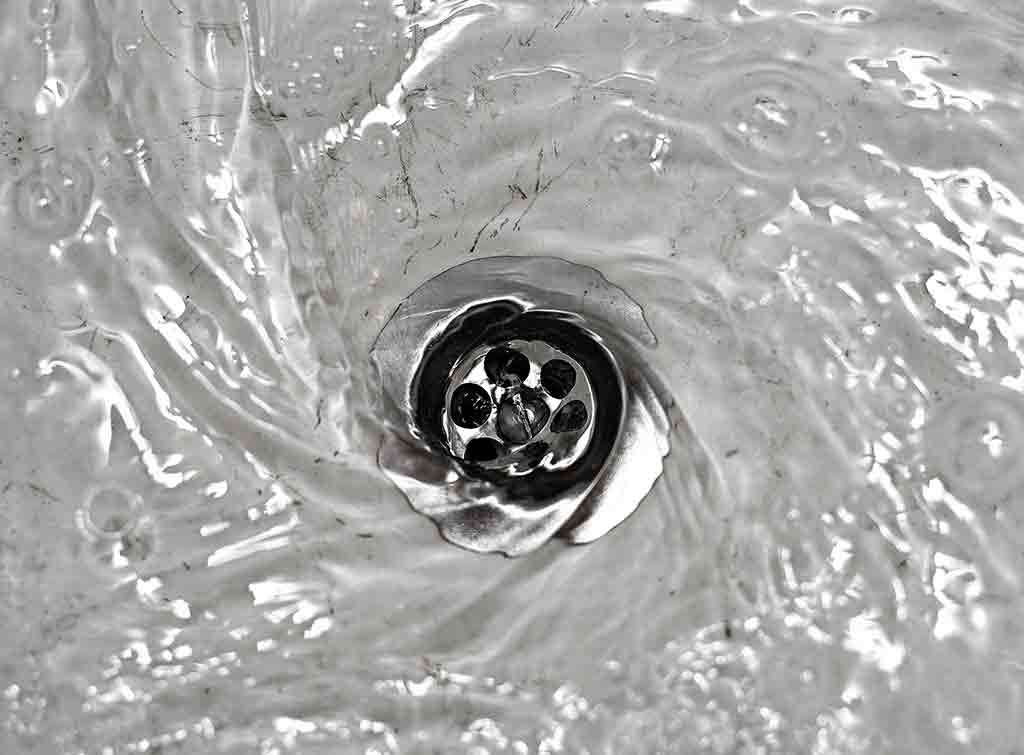


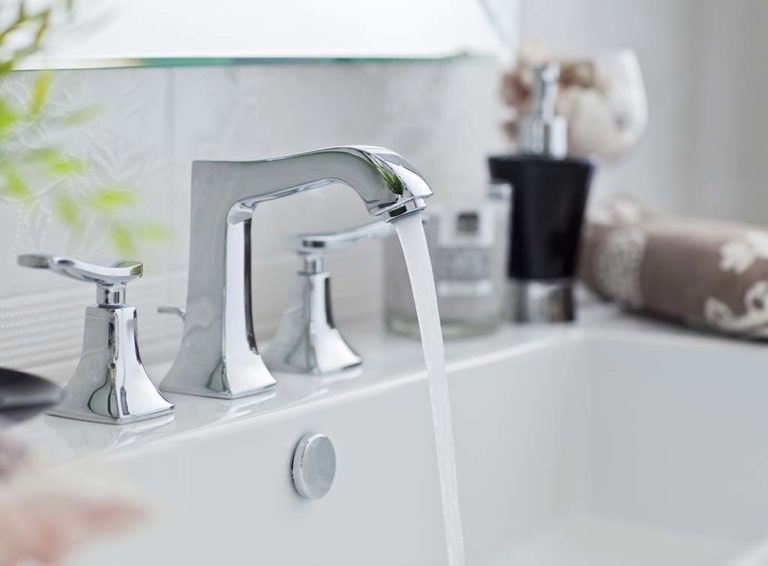
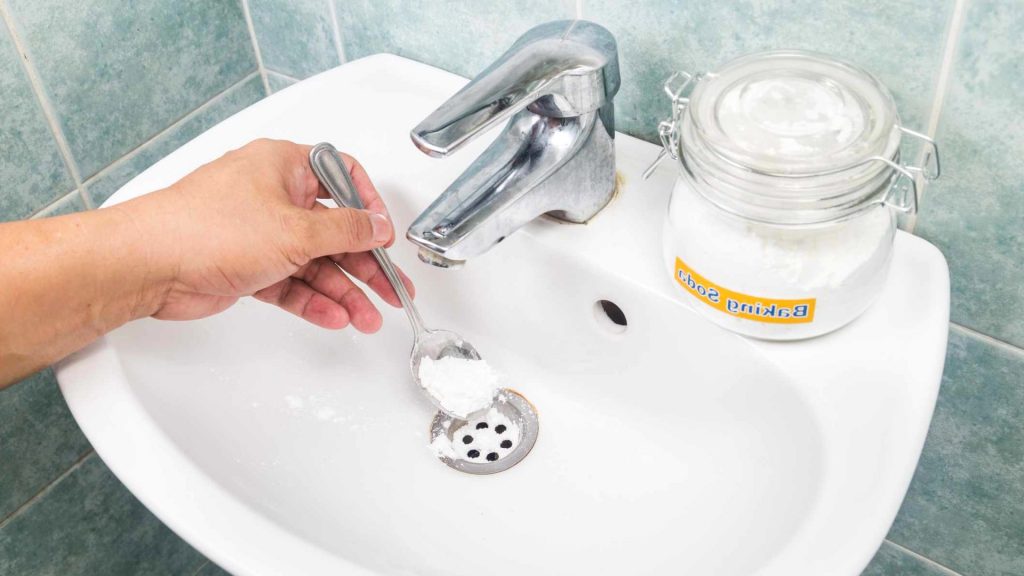
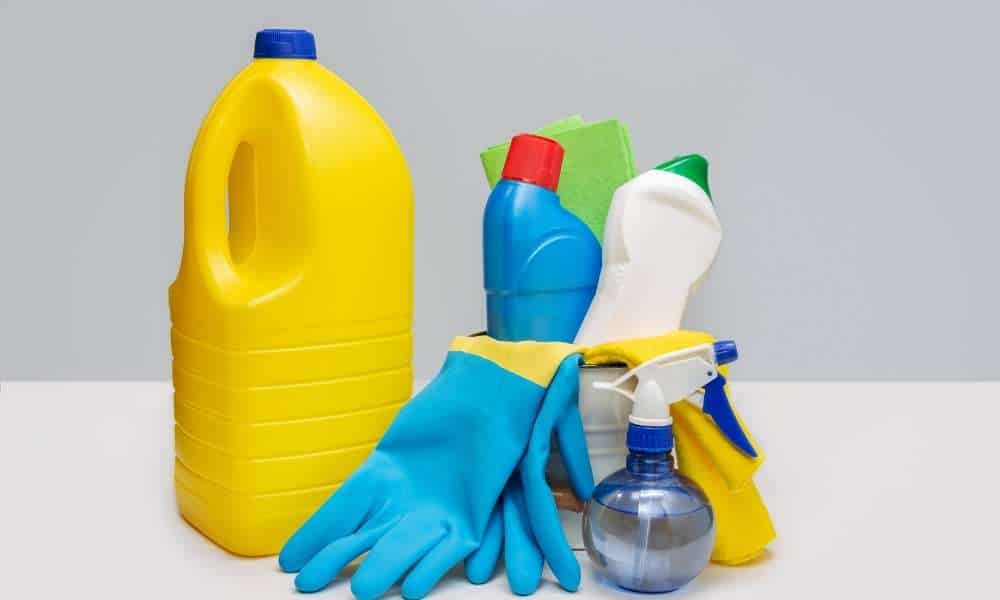


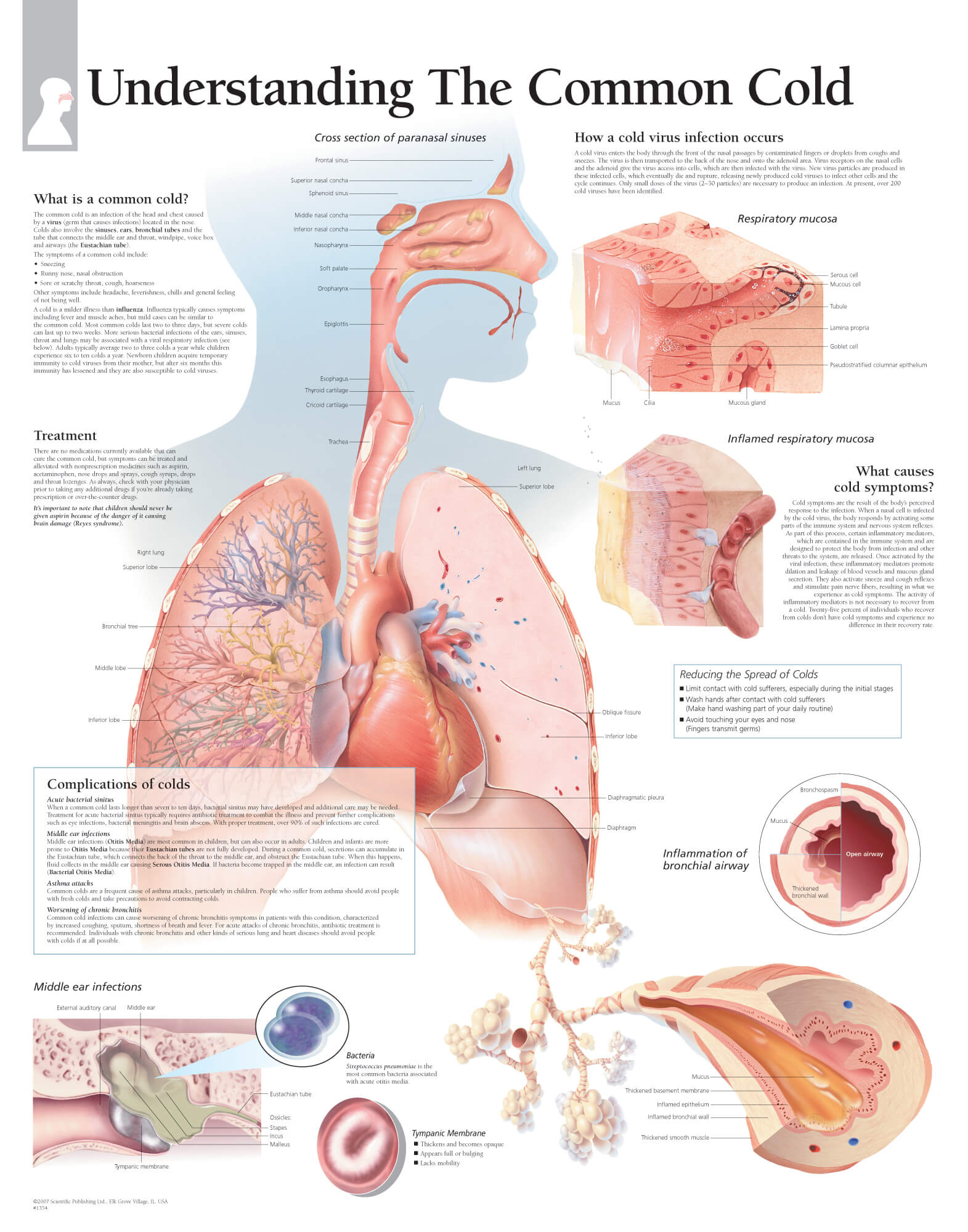
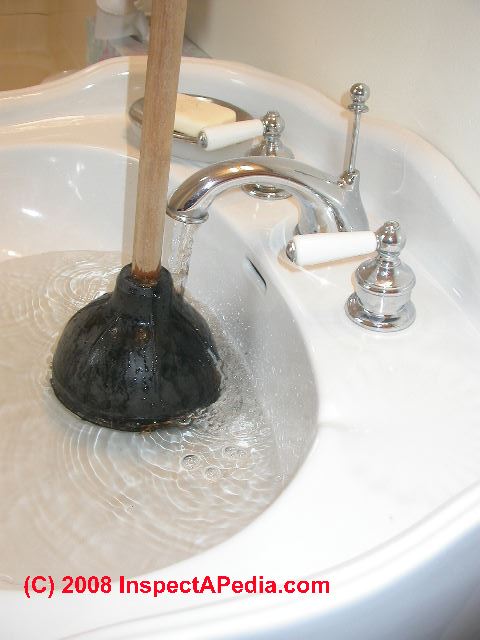
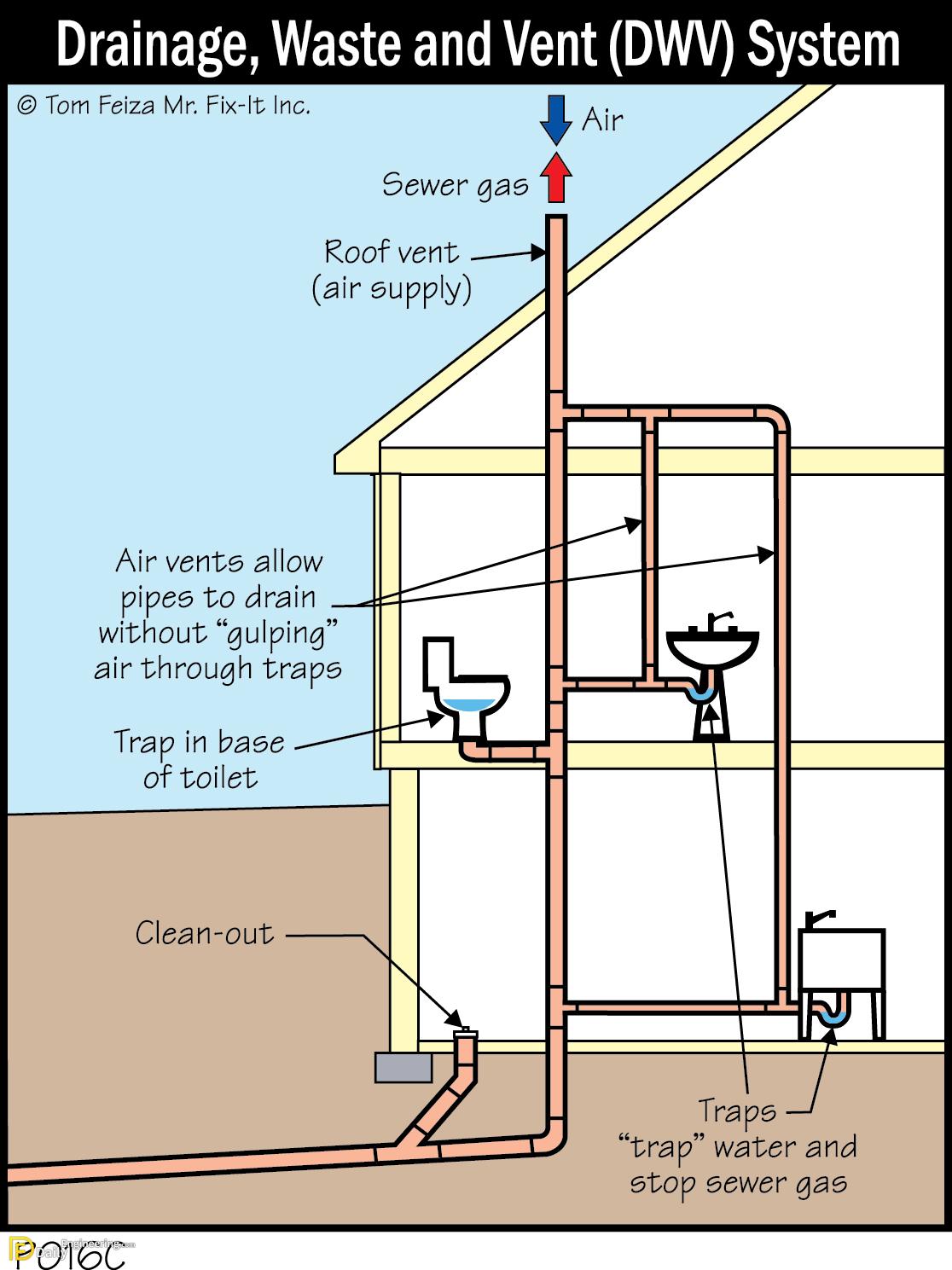

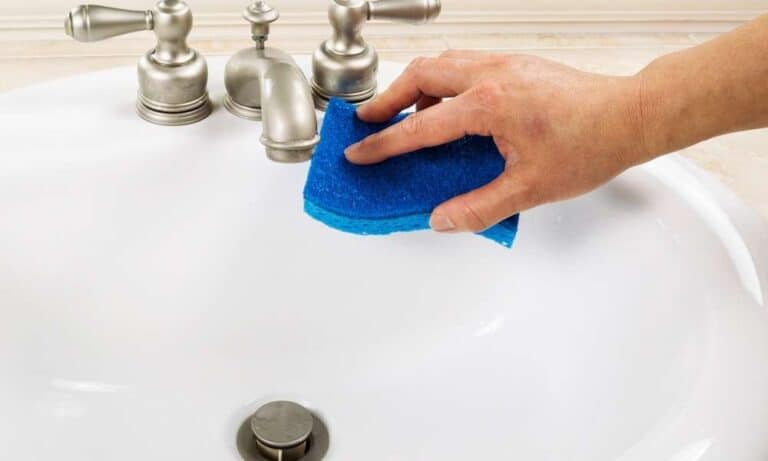








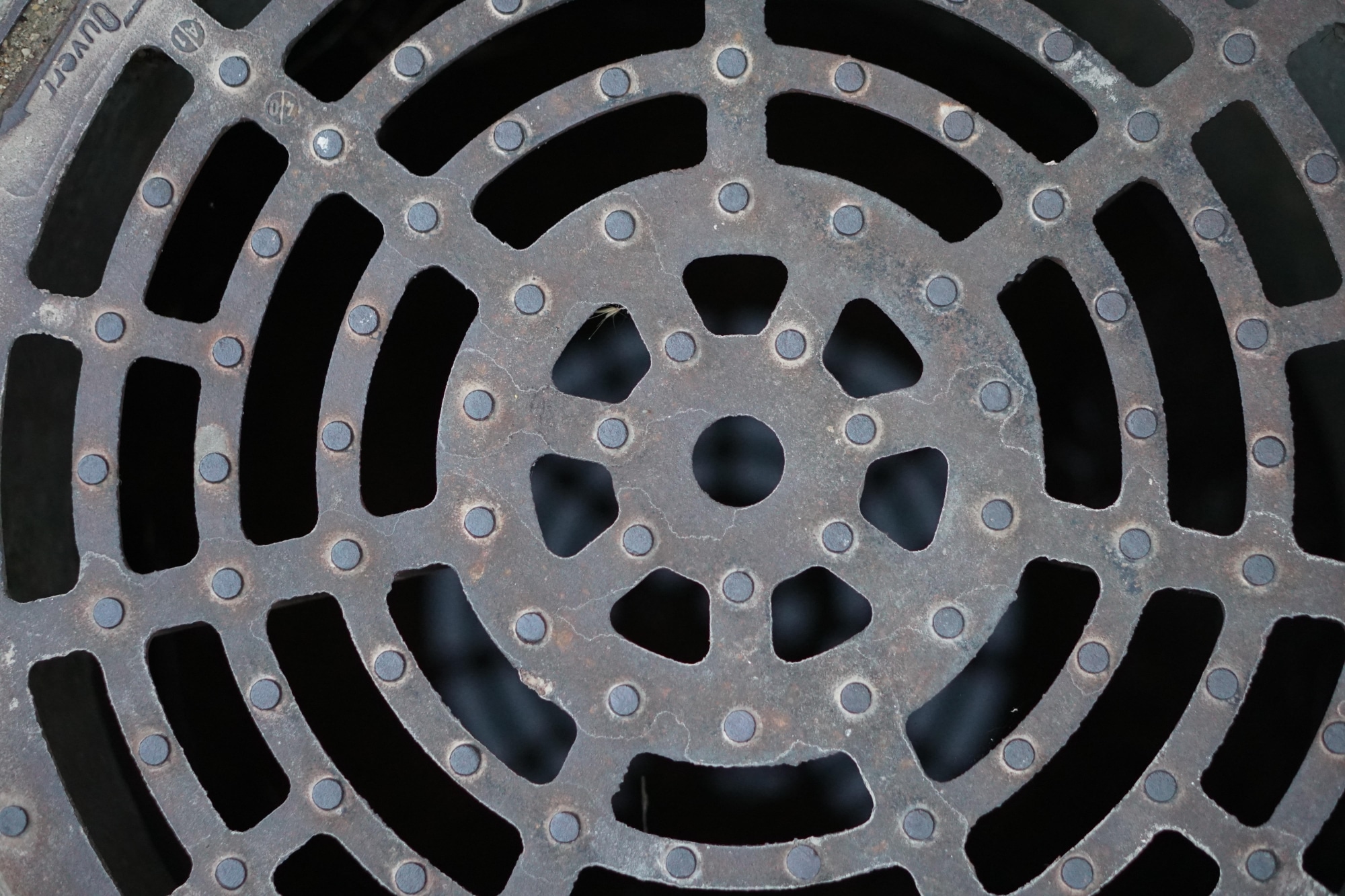

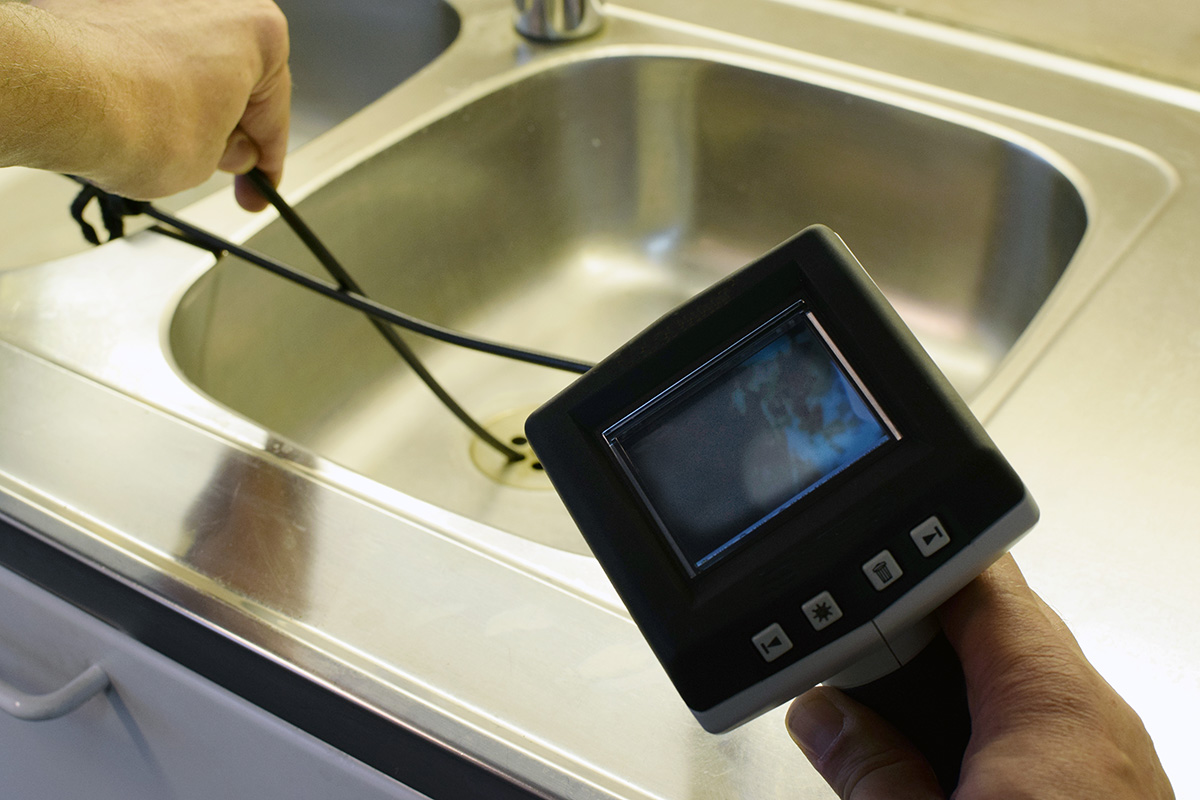







:max_bytes(150000):strip_icc()/freshen-and-unclog-drain-with-baking-soda-1900466-22-bbf940b70afa4d5abef0c54da23b1d3f.jpg)












